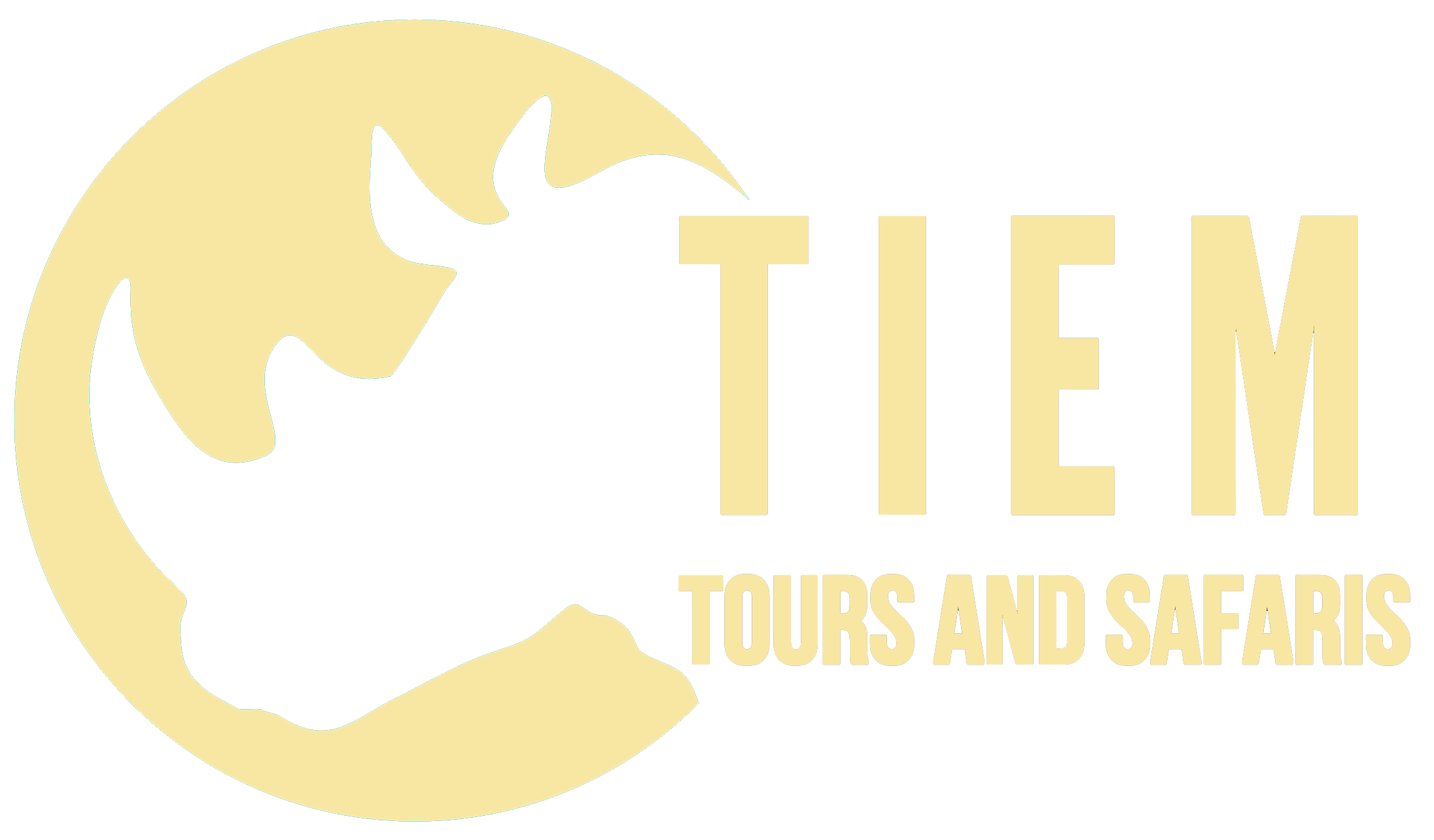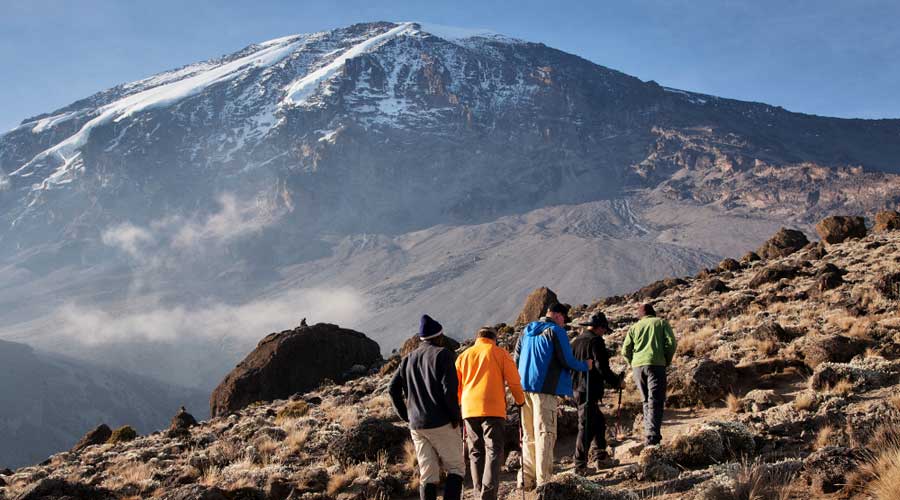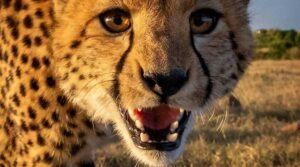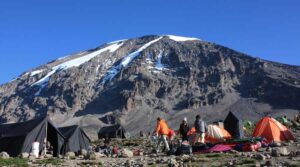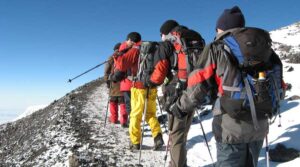When is the best time of year to climb Kilimanjaro?
The best time to climb Kilimanjaro are the months of January through early-March and June through October. The clear skies, great views, and the sunshine makes it the best comfortable hiking conditions. However, there is always the possibility of weather changing dramatically, regardless of the season.
You can climb Kilimanjaro at any time of the year, but certain months are better than others. We recommend best to climb Mount Kilimanjaro during the driest months We avoid April and November as these are the main rainy seasons, making the trails more dangerous.
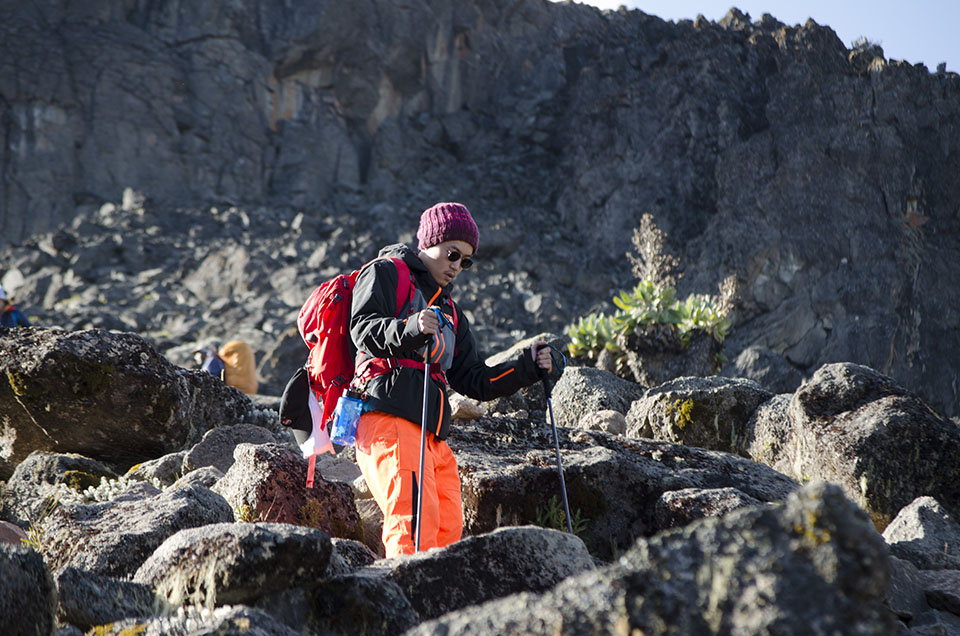
What is the best month to climb Kilimanjaro? month by month overview
Unlike the Himalayas, Kilimanjaro is never “closed”. You can trek year-round, but you need to be prepared. We do not normally offer climbs during April/May and November.
Climbing Kilimanjaro in January and February to early March
Ideal trekking conditions with mostly dry, clear days, and good visibility. Occasional showers and a good chance of snow over 14,000ft, making for some epic photo opportunities.
While this is considered “high season”, it’s often quieter on the slopes than the main climbing season of June to September, making it a good balance of not-too-crowded and decent weather.
Best for: Hikers who want to minimize crowds, whilst still having dry conditions. Snow on the summit is a bonus.
Climbing Kilimanjaro in March, April and May
Early March can be lovely, but as the month progresses, the rains can start to set in, making for muddy trails, cloudy skies, and poor visibility. In late March and late May, you can get lucky with some dry weather, but it’s a bit hit or miss.
April to early May are the long rains, and not suitable for climbing.
If your schedule dictates that you need to go during the shoulder seasons – late March and late May – you need to be prepared for wet weather, and not be disappointed by poor visibility.
Ideally, you’ll have some trekking experience already and won’t be phased by trickier trail conditions.
Best for: Experienced trekkers who want to avoid crowds, and who don’t mind unpredictable weather. We recommend the routes on the north side of the mountain.
Climbing Kilimanjaro in June/ July/ August and September
A combination of the best weather and the US and Europe summer vacations means this is the main climbing season and the busiest time on the mountain. July and August are the most popular months, so if you want to try and avoid crowds, opt for June or September, or October if you don’t mind a bit of rain.
Occasional showers are always possible, particularly in the forest, but it’s a predominantly dry time of year. Routes tend to be busier during this period, especially over the full moon.
Best for: Climbers wanting the best weather for their trip, who aren’t deterred by crowds, which are mostly on the Marangu and Machame route.
Climbing Kilimanjaro in October / November
Short rains usually come in November and last for 3-4 weeks. Often the rain is less persistent than in April-May (the “long rains”) and mostly come in the late afternoon. The mountain is very quiet during this time.
We would recommend the Rongai route or Northern circuit route as the northern side of the mountain is more sheltered and has less overall rainfall.
Best for: Avoiding crowds, experienced trekkers who aren’t put off by wet weather.
When can you climb Kilimanjaro – Important Considerations
Weather Conditions
Kilimanjaro is close to the equator and doesn’t experience the same four seasons as the more temperate parts of the world. Instead, it has rainy seasons and dry seasons, both of which alter the complexion of the mountain.
The best time to climb Kilimanjaro are the months of January through early-March and June through October. The clear skies, great views, and sunshine make for spectacular photo-opportunities and comfortable hiking conditions.
These are also usually the drier months of the year and the busiest. Read more: Guide to Kilimanjaro Weather.
Temperature
Temperatures on the mountain vary with the seasons and also within the different climate zones as you climb higher.
The summit zone is considered “Arctic” and temperatures drop well below freezing at all times of the year.
December to March, and June (just after the rains) are usually the coldest, and there’s a good chance you’ll see snow on the summit. This reduces the number of visitors (as compared to July through August which is the busiest time).
Rain Rainy season
There are two distinct wet seasons in the Kilimanjaro area:
- Long rains: End of March through May
- Short rains: November
April and November usually have the highest rainfall, although this can vary.
The rainy season begins around mid-March and typically extends well into May. During this time, conditions can be wet, stormy and muddy on Kilimanjaro, particularly along its southern face.
Even in the dry season, it’s always possible to get some rain. That’s why we always carry good wet-weather gear in our daypacks.
Visibility: clouds, mist, and fog
You didn’t come all this way to trek through cloudy skies and fog. During late March to the end of May, and all of November, the visibility can be poor due to cloud cover. You won’t be seeing the panoramic vistas, and you won’t be getting great photos.
Crowds: Number of climbers on Kilimanjaro
As climbing Kilimanjaro becomes more popular, the favorable weather in January through early March, and June through October makes the mountain busier.
It’s usually the Marangu and Machame routes that suffer from some overcrowding. If you opt for one of the less busy routes, such as the Northern Circuits, Rongai or Lemosho, you’ll still get to enjoy the vistas without too many people.
One of the main downsides that climbers try to avoid when trekking during busy times is the overcrowding of the toilet facilities at campsites. We take care of our climbers by providing you with private toilet tents, used only by our group.
The sense of camaraderie and friendships forged by meeting other climbers more than makes up for it being a bit “busy”. Many of our clients have made lifelong friendships with people they’ve met on the mountain.
What’s the best time to climb Kilimanjaro without the crowds?
If you don’t mind the possibility of getting rained on and are well prepared, the shoulder-seasons just before and after the rains are the quietest time of year.
If you’re looking for solitude, it can be a worthwhile trade-off to risk a bit of wet weather to have the mountain to yourself.
We avoid climbing in the height of the rainy season (April/May and November).
Alternatively, choose one of the routes that have less foot traffic. In the wetter months, we recommend the routes on the northern side of the mountain, which tend to experience less rainfall, and are more sheltered.
